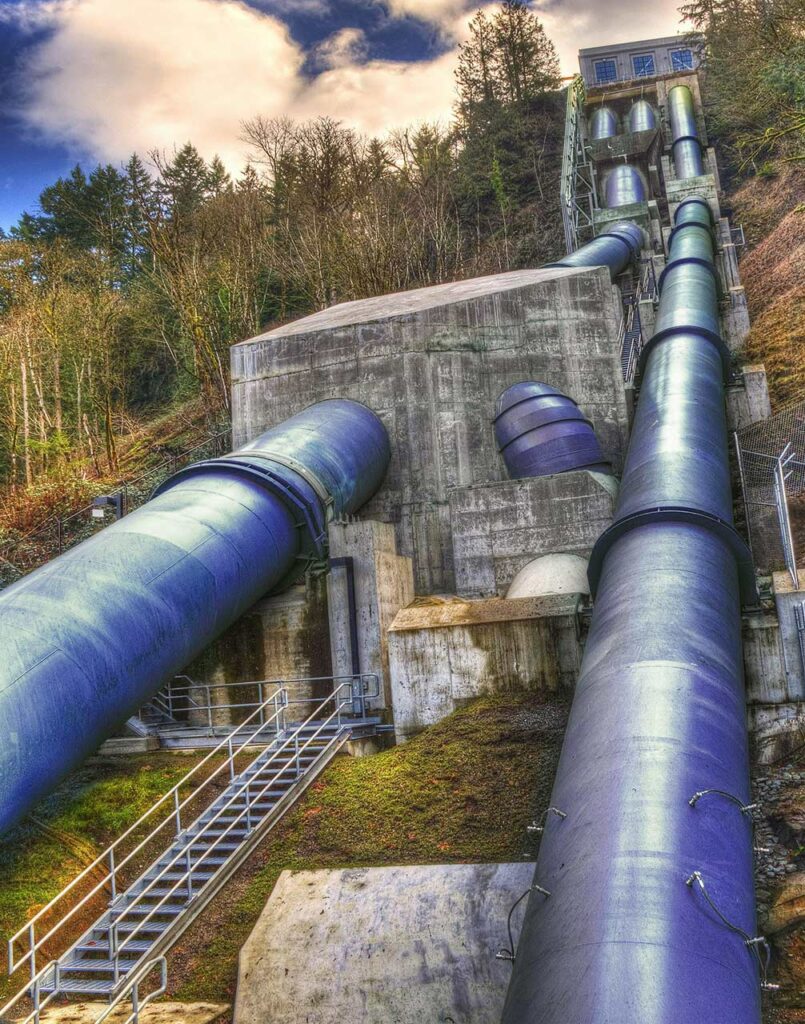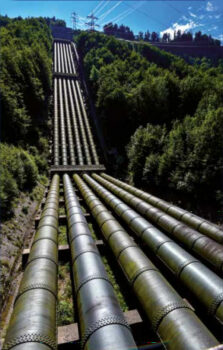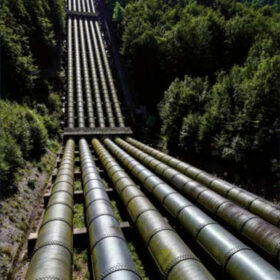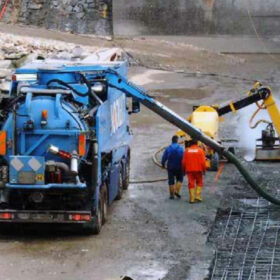REHABILITATION OF HYDROELECTRIC PLANTS
REHABILITATION OF HYDROELECTRIC PLANTS
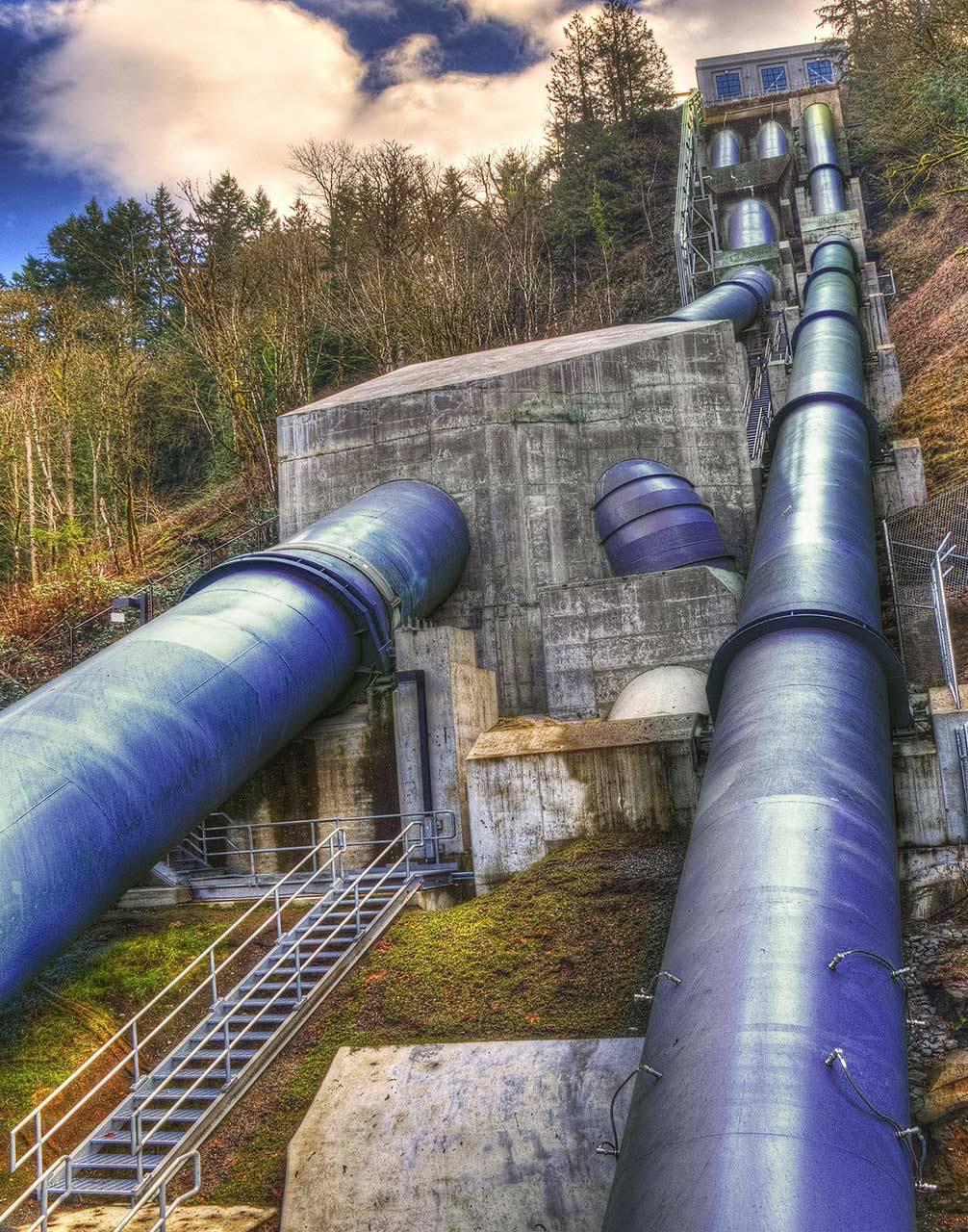
The rehabilitation of power plants is similar to other construction or road projects in terms of problems to be solved. Particular requirements in this case are above all the partially exposed position in areas that are difficult to reach, many times only through paths, long supply tunnels or canals.
By virtue of the increase in the safety requirements imposed by the client in the construction or renovation of power plants, we have been able to specialize and become a competent and reliable partner in this market niche. In most rehabilitations, we cover various activities and different workings. This typically involves removing damaged concrete, cleaning turbines or other components, and removing the old lining of both internal and external penstocks. Thanks to the large number of our pumps, units and skilled workers, we are a fully reliable partner, supporting our customers around the globe according to individual specific projects.
Advantages
• Environmental pollution is significantly reduced
• Complex security measures and associated costs can be easily cut down on
• A consistent reduction in disposal costs thanks to the large reduction in waste
• Reduced execution time
• Reduced downtime of the hydroelectric plant
• Cost reduction
• Work in compliance with safety, health and environmental protection
Fields of application
• Power plant managing operatorsReferences
300 m³ Hydro demolition of concrete on the foundations of generators, spillways and suction pipes. Mount Coffe Hydroelectric Power Station, Liberia
400 m Abrasive cutting of steel spars buried in concrete, Mount Coffee Power Station, Liberia
250 m³ Hydro demolition at the Dionysen power plant
Hydro demolition in the hydroelectric plants of Altenwörth, Fössendorf, Hallein, Hieflau, Jochenstein, Kammer, Offensee, etc …
Removal of the coating from penstocks/pressure pipes
Since 2006, the Sodian group has been working on the removal of surface protection layers on steel (namely penstocks and tanks) using very high pressure water jets.
The anticorrosive protections on steel surfaces, where water is transported (penstocks), are on average renewed in cycles of about 40 – 50 years. In most cases, paints containing dangerous substances such as asbestos, PCBs (polychlorinated biphenyls), PCP (pentachlorophenol) or PAH (polycyclic hydrocarbons) were once used. Within a process specially developed by the Sodian group, in a single work step it is possible to remove not only the covering layers, but also various primers, reaching for steel. The waste water, as well as the solid substances (rust, primer and coating paints) are conveyed inside a mobile water purification plant, where the continuous separation of water and solid substances takes place by means of a system of multi-chamber filter and a pelletizing device. The amount of liquid contained in the pellets is minimal. This process is not only revolutionary from an ecological/environment friendly point of view, but can also ensure the safety of our employees thanks to the automated removal of the layers with a specially developed robot, thus not requiring any manual operations in the pipelines.
Advantages
• Environmental pollution is significantly reduced
• Complex or difficult to perform security measures together with relevant costs can be reduced
• significant reduction of disposal costs thanks to the large reduction in waste
• Reduced duration of execution
• Reduced downtime of the hydroelectric plant
• Cost reduction
• Work in compliance with safety, health and environmental protection
Fields of application
• Rehabilitation of hydroelectric plants
References
Removal of pipe liners with various primers and μ of thicknesses
In total, 30 km of water-scarified pipelines in the last 10 years.
• 100,000 m² zinc spray
• 80,000 m² zinc primer
• 20,000 m² of different coatings


